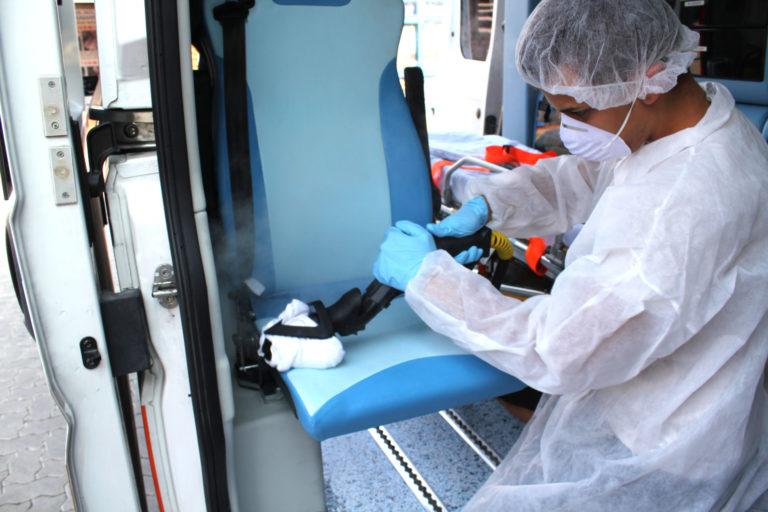
Over the last eighteen months or so much focus has been aimed at cleaning and sanitising with all public service vehicles and transport systems having touch points wiped with sanitisers in service and then deep cleans over night or between shifts.
Many contract cleaners have found themselves with increased workloads but also greater recognition in the work they actually do on a day to day, or nightly basis. One of the things that springs to mind during this cleaning frenzy has been the amount of harsh chemicals that were loaded into the environment. Also the amount of alcohol that was and still is being evaporated into the atmosphere.
This cleaning regime had to be done there is no denying that but as we move out of the Covid-19 era isn’t it about time we moved over to a more chemical free situation, and if not totally chemical free then a more measured response? We will probably never become a chemical free cleaning industry but there is another way. Steam cleaning has become a very sought after system for daily and deep cleans. One of the major pluses of steam cleaning is the fact that for any organism to be immune from heat damage they must have been subjected to high temperature’s over hundreds of thousands of years. Bacteria and viruses therefore are not immune to heat and can be killed by steam delivered at high temperature.
Cleaning with steam at over 110c will kill or degrade bacteria and viruses although the size of viruses makes them a bit harder to kill and generally a longer heat contact time is needed.
Also in any cleaning regime there is a need to remove dirt and debris from the surface and the best way to do this is by a vacuum pick-up. Not just any wet pick-up vac however but specifically a vacuum that separates the dirt and other residue before the air is blown back into the environment. For this a water filter vacuum system is required and Duplex has two vacumated steamers with just these efficient vacs, the Jet Vac Eco and the Jet Vac Ultima. The recovered water and dirt mixture is forced through the clean water reservoir which collects the dirt and bacteria and then slowly becomes the dirty water reservoir (which has to be cleaned regularly) and only pure clean air is allowed to get back into the atmosphere meaning the operator or anyone nearby does not have to breathe in contaminated air and the surfaces are left not only clean but sanitised as well.
